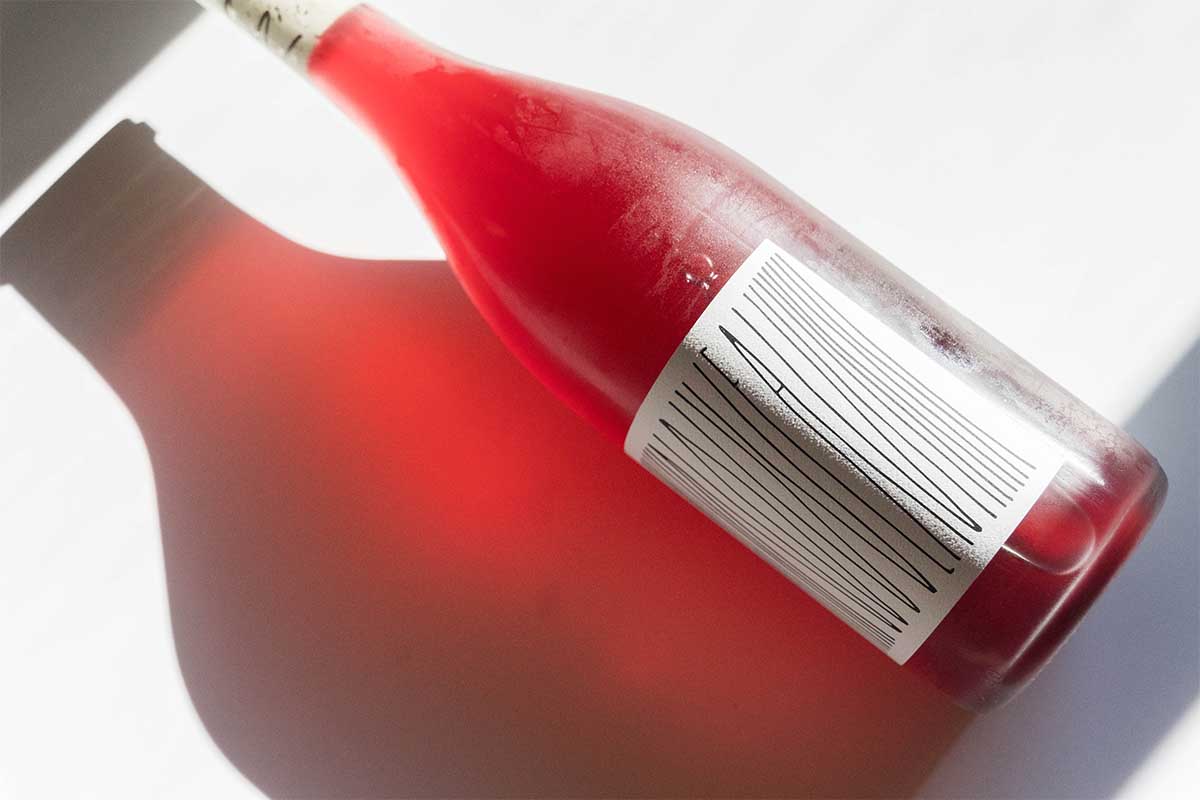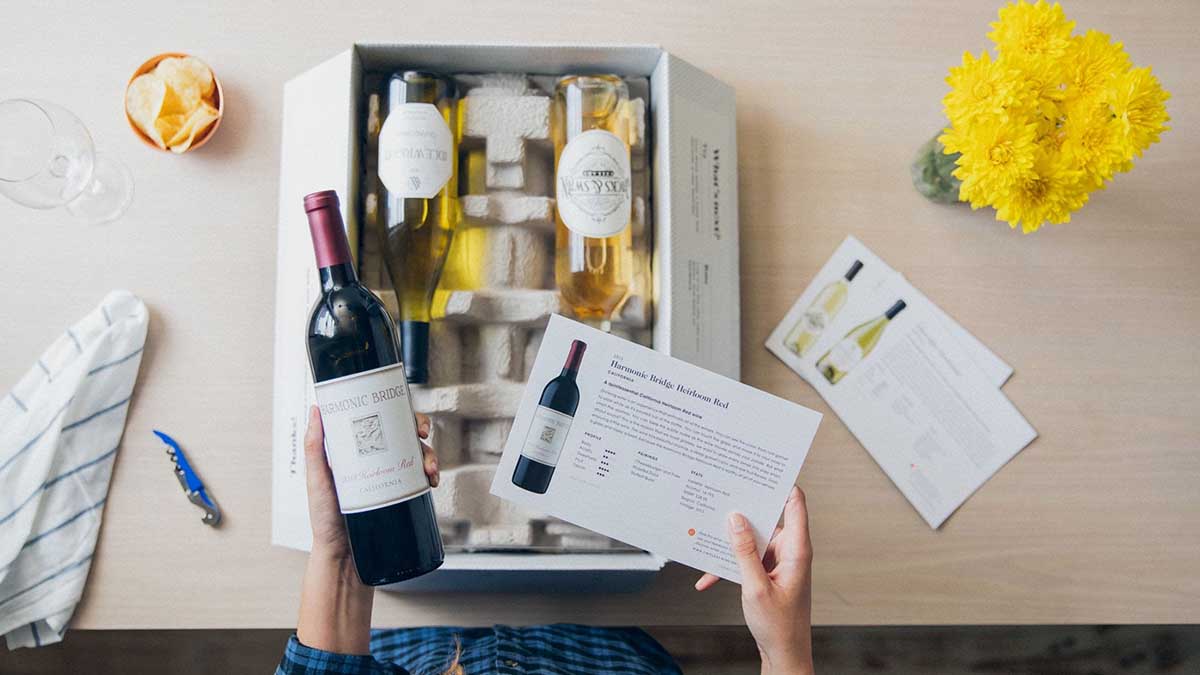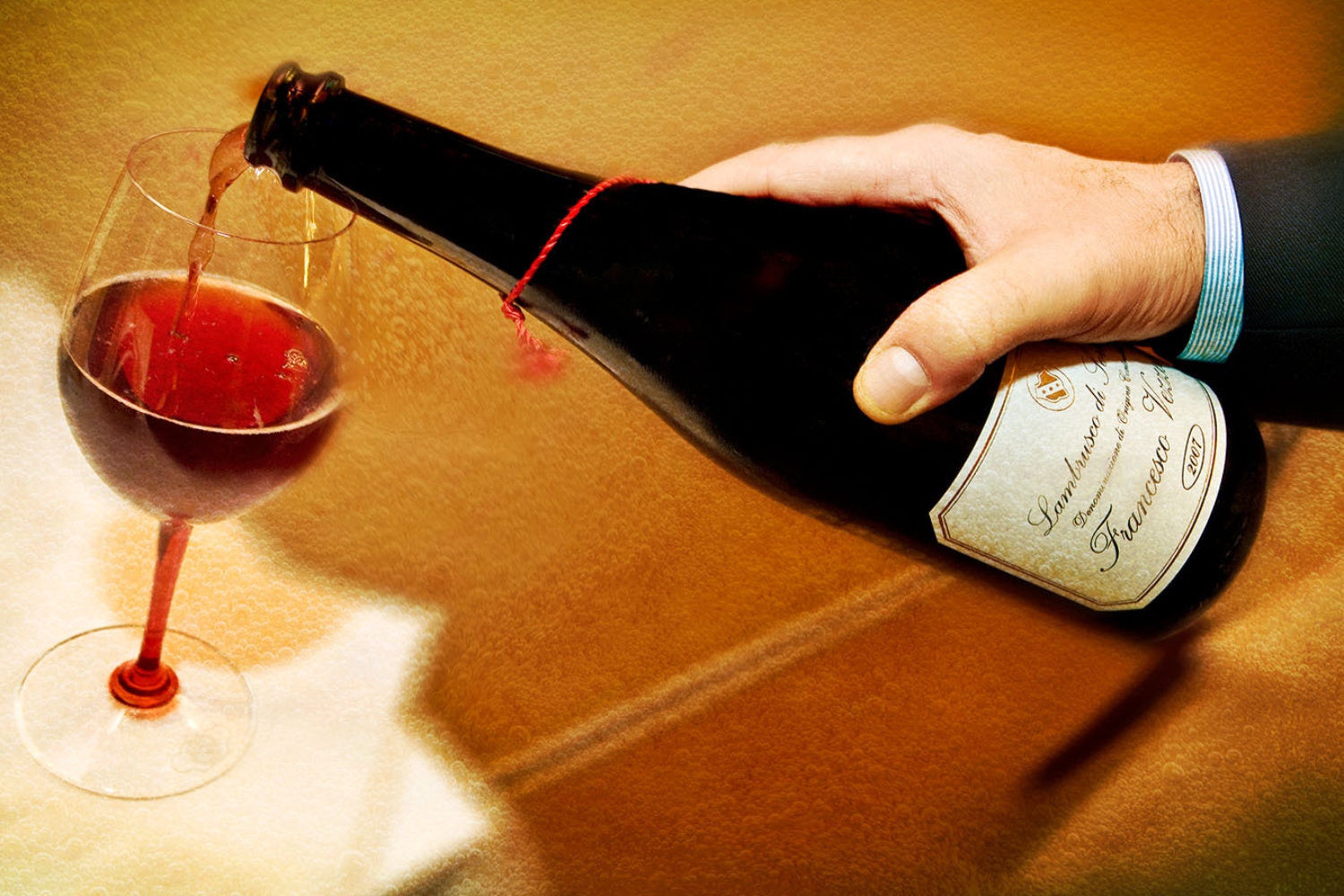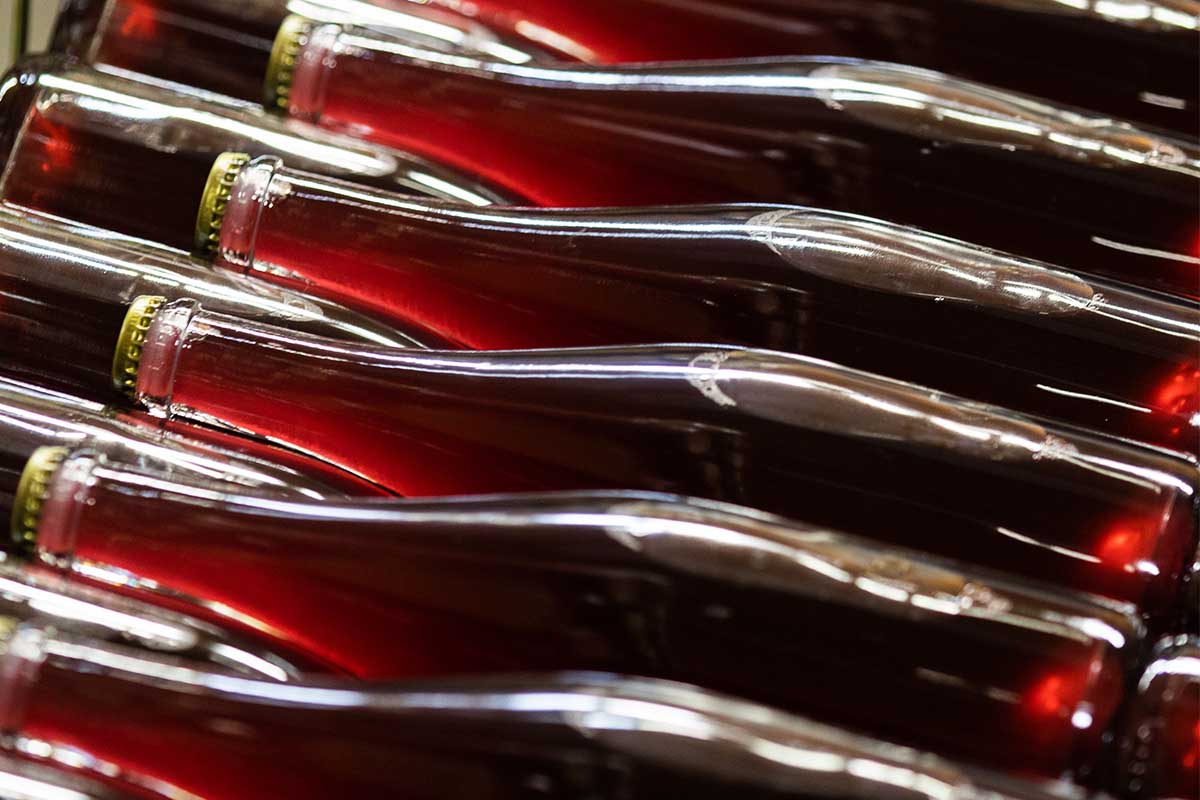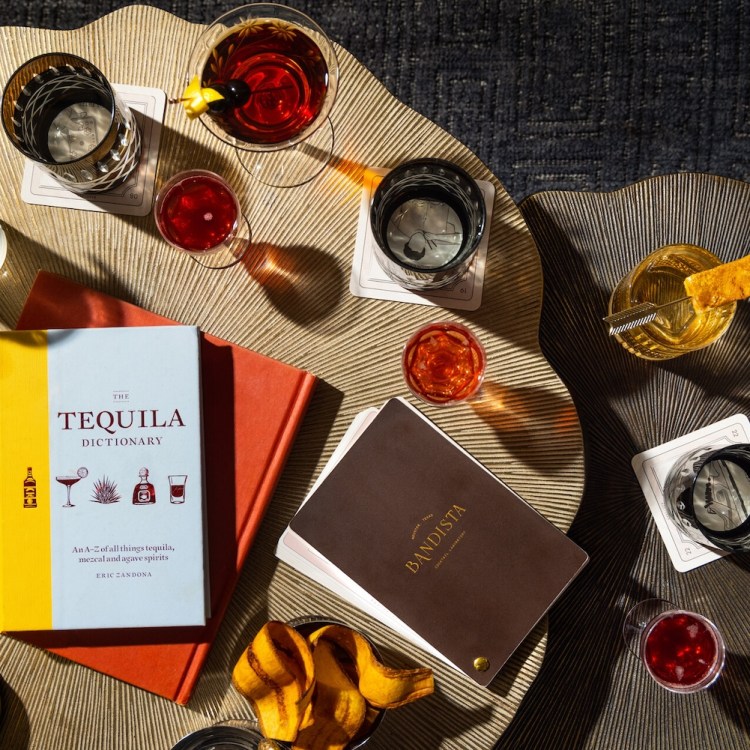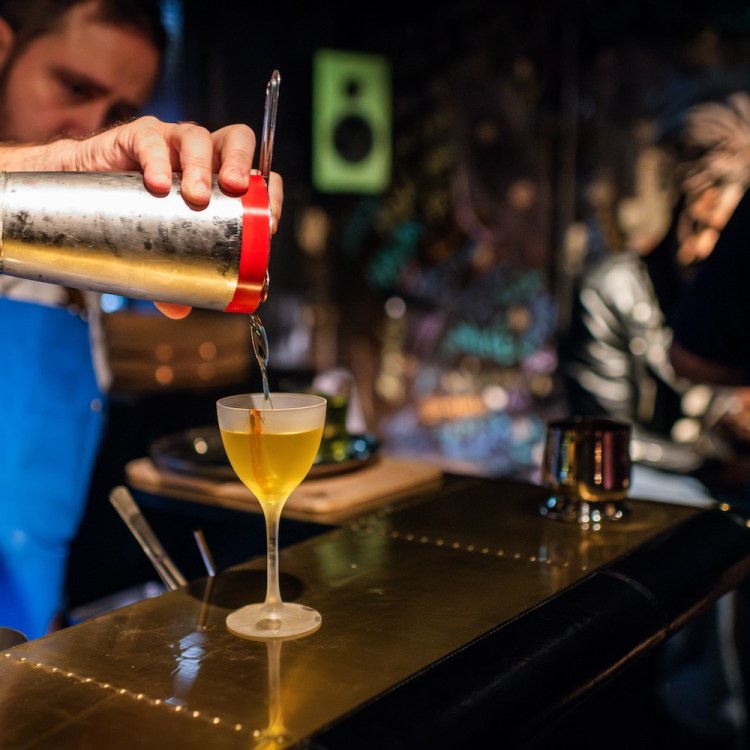Historically, Beaujolais Nouveau leaves wine fans at odds.
The wine is the first of the harvest, bottled unaged and released annually on the third Thursday of November to wine lovers ready to revel after a long season.
After a huge push in the 1980s — followed by a backlash — a new wave of producers are appropriating the maligned style, dispelling visions of saccharine, hangover-inducing swill and conjuring joyful, party-ready expressions that celebrate the season.
Evangelists for the category see the wine as a symbol of celebration. “Nouveau has this young swagger to it,” says California’s Martha Stoumen. The Nouveaus are light, joyful and zippy — beloved for their affordability, buoyancy and unfettered gulpability. “They do lack complexity, but they make up for it in deliciousness.”
“Nouveau is about having fun,” adds Brodie Meah, who hosts Nouveau parties at his London wine bar Top Cuvée. “It’s about not taking wine too seriously and maybe getting a bit drunk.”
Another school of thought is less kind to the liquid. “I will gladly talk about Beaujolais, but I very much dislike Beaujolais Nouveau,” says Charles Bement, Beverage Director of B. Hospitality (Formento’s, The Bristol) in Chicago. “The only positives I have about Beaujolais Nouveau are that it’s inexpensive and great for cheerful drinking. In a restaurant setting, not so much.”
To backtrack, Beaujolais Nouveau is traditionally made in Beaujolais, that idyllic wine region just south of Burgundy and north of Lyon. The region’s wines are almost entirely Gamay, while Nouveau specifically commands the first grapes of the harvest.
“They’re released at the end of the season, and they’re meant to be drunk young, traditionally as a celebration of the end of harvest,” says Katherine Sturgill, Wine Director at Daisies. Producers will roll their barrels down to neighboring towns at the stroke of midnight on release day, ready to fill glasses and fuel festivities well into the wee hours of the morning. “It’s festive, seasonal, fresh and fun,” says Holly Berrigan, founder of MYSA Natural Wine.
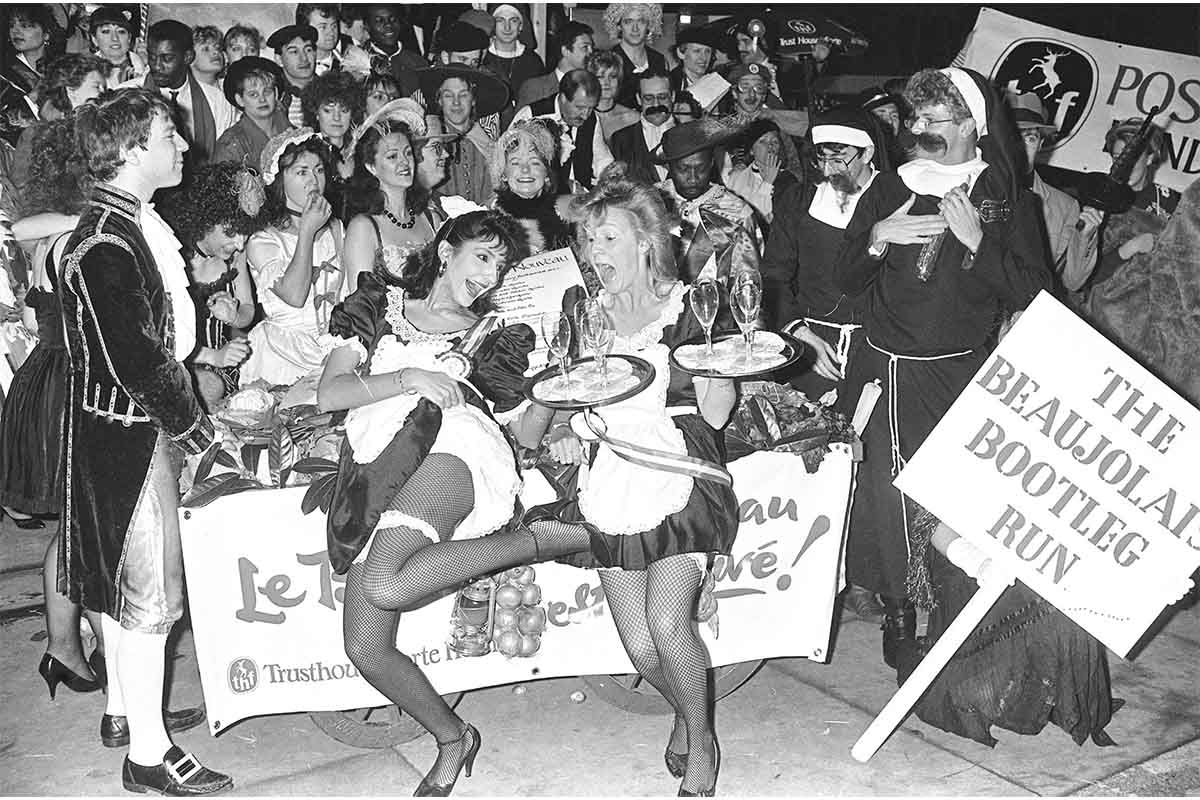
Then the ‘80s happened. Négociant Georges Duboeuf began bringing the hullabaloo of Nouveau abroad, putting the third Thursday in November on every wine drinker’s calendar. It became a media frenzy. Distributors would race (quite literally) from Beaujolais to Paris to London and beyond, with cameras capturing the entire thing. One brand even delivered their first bottle via a tuxedoed waiter, who parachuted into Paris and landed at the base of the Eiffel Tower; his colleague stood waiting with glasses.
The Intercontinental Hotel in San Diego would send motorcycle brigades to welcome bottles at the airport. Similar welcome wagons have come in the form of elephants and hot air balloons. Duboeuf himself would fly the first bottles over on the Concorde — his Nouveau sold as many as 1.185 million nine-liter cases in U.S. stores at the height of its popularity.
You could say the category flew too close to the sun. Nouveau became a cash cow, a way to bring in money while cru wines aged. To keep up with the demand, quality dropped — mass-produced Nouveau became saccharine, syrupy and ready to give you a ripping hangover.
“I don’t like Beaujolais Nouveau as its history is more about marketing than releasing a delicious wine,” says Chris Brockway, Broc Cellars’ winemaker and owner, who is part of a new group of winemakers remaking the Nouveau category.
And the rest of Beaujolais scorned them. “Nouveau can damage Beaujolais’ reputation as an age-able wine with complexity,” explains Berrigan. “Because Beaujolais is so famous for bubble-gummy bottles, people forget there are some gorgeous cru wines made there.”
Meanwhile, Americans started turning their eyes towards California’s buzzy cabernets and chardonnay.
But now, across the same west coast, winemakers are channeling the snappy, party-boy providence of Nouveau and transforming it into more humble but highly quaffable expressions of the season. “Gone are the days of bubblegum-tasting industrial grape juice pumped full of additives,” says Meah. “Modern Nouveau wines are made using the same great agricultural principles and natural winemaking methods as all the other wines we stock.”
“We’re seeing Nouveau used across the world with all kinds of grapes you wouldn’t expect,” says Berrigan. “Stoumen’s Patatino Nouveau from Pinot and Petit Sirah, German Brand Bros from Blauer Portugieser and Cab Franc, and even our friends Noita in Finland getting in on it with a Blaufrankisch, Pinot Gris and Zweigelt Nouveau wine.”
Rather than lean entirely on Gamay, Brockway treats his Nouveau “as more of a harvest wine. We ferment a little bit of everything we’ve brought in this harvest together in one or two tanks and bottle it up when dry. I like the idea of people being able to taste our whole harvest in one sip.”
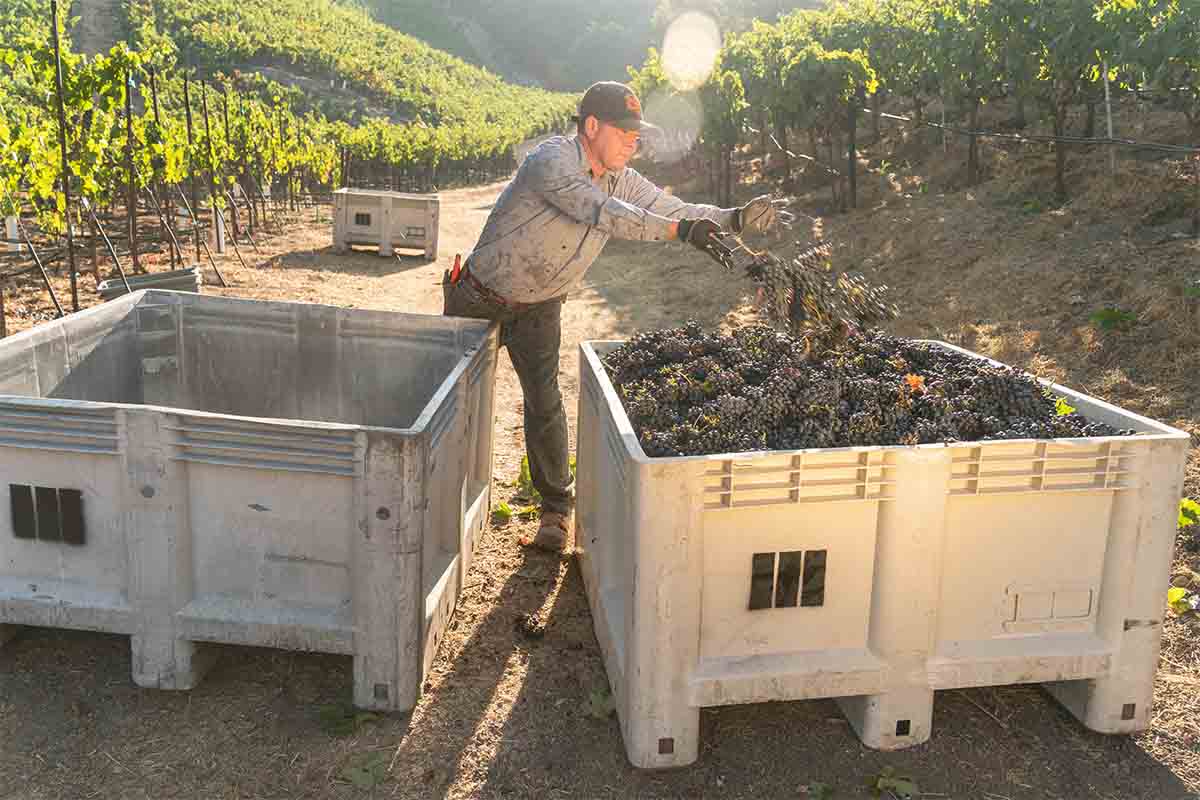
“I think so many winemakers avoided Nouveau because of its bad reputation,” Stoumen continues. “But the roots of Beaujolais Nouveau are craft — it’s a historical technique to make wines using carbonic maceration. There are more nuanced ways to do nouveau than making mass-produced, bubble-gum tasting wines.”
She will “taste through things in our cellar and decide what is the most delicious at this point in time.” In 2019, she even put a bit of Valdiguié — or Napa Gamay — in her Nouveau. 2020 called for Nero d’Avola. “We also try to use some sort of carbonic maceration with the grapes that go into our nouveau.”
She and Brockway, along with the Scribe winery team, released their Nouveaus at one big post-harvest blow-out; a time for the community to let loose after four months of harvest.
“I liked the idea of Nouveau as a way to celebrate the end of harvest,” says Brockway. “To have a wine ready to enjoy with the harvest team who helped make it and to drink wine with friends and family as we start to relax and head into the holidays.”
“There’s finally no work to be done,” says Stoumen. “It’s a big social release. There’s all this pent-up energy from the adrenaline that sustained you over these three, four months of harvest — all you want to do is celebrate. You want to have a bit of a rager.” (While these wines aren’t mass-produced, ensuing hangovers cannot be confirmed or denied.)
The wines also have a reflective quality.
“At the end of the 2020 vintage, we were so worried about the California wildfires,” says Stoumen. “We thought we wouldn’t be able to make things people would drink.”
The outcome of her Nouveau, the first wine bottled, would foretell the rest of the season. “That Nouveau was such a sigh of relief — we made something beautiful and something to celebrate amidst the hardship.”
If you’re looking to dive in (or dive back in) to the category, a few recommendations.
Martha Stoumen Patatino
Wipe away the misconceptions and muddled histories of the category and consider that Nouveau is about the celebration of newness. Appropriately, Stoumen’s very first Nouveau was bottled in honor of the birth of her son. While that vintage likely won’t stick around until he’s old enough to drink it, she’s keeping the tradition going with her annual Patatino Nouveau. This year’s release combines pinot noir and petite sirah; it’s wild, jovial and “a walk through a forest of cranberry.”
Scribe Nouveau Pinot Noir
Playful, crunchy and lively, Scribe’s Nouveau has big Beaujolais energy, with bouncy flavors of blood orange, raspberry and mint. It’s almost rosé-ish in demeanor, so keep it chilled and sip it in somewhere fun. Or, consider it Thanksgiving wine you don’t want to share with your in-laws.
Stolpman Vineyards Love You Bunches
Stolpman’s Love You Bunches is a bit of a globe trotter, calling for high-toned Sangiovese grown in California then carbonic macerated a la Beaujolais. It’s full of pizzazz; with nouveau’s trademark bright red fruit notes balanced out with darker plum and a little fleshiness for a whoops-the-bottle’s-empty profile.
Broc Cellars
Conjuring up the crushable, party-staple mentality of Nouveau, Broc’s iteration is fresh, chillable and highly chuggable. Brockoway and co. combine a little bit of everything harvested in each vintage — after each pressing, they steal a little of each and top it into one tank. Think of it as jungle juice for the discerning drinker.
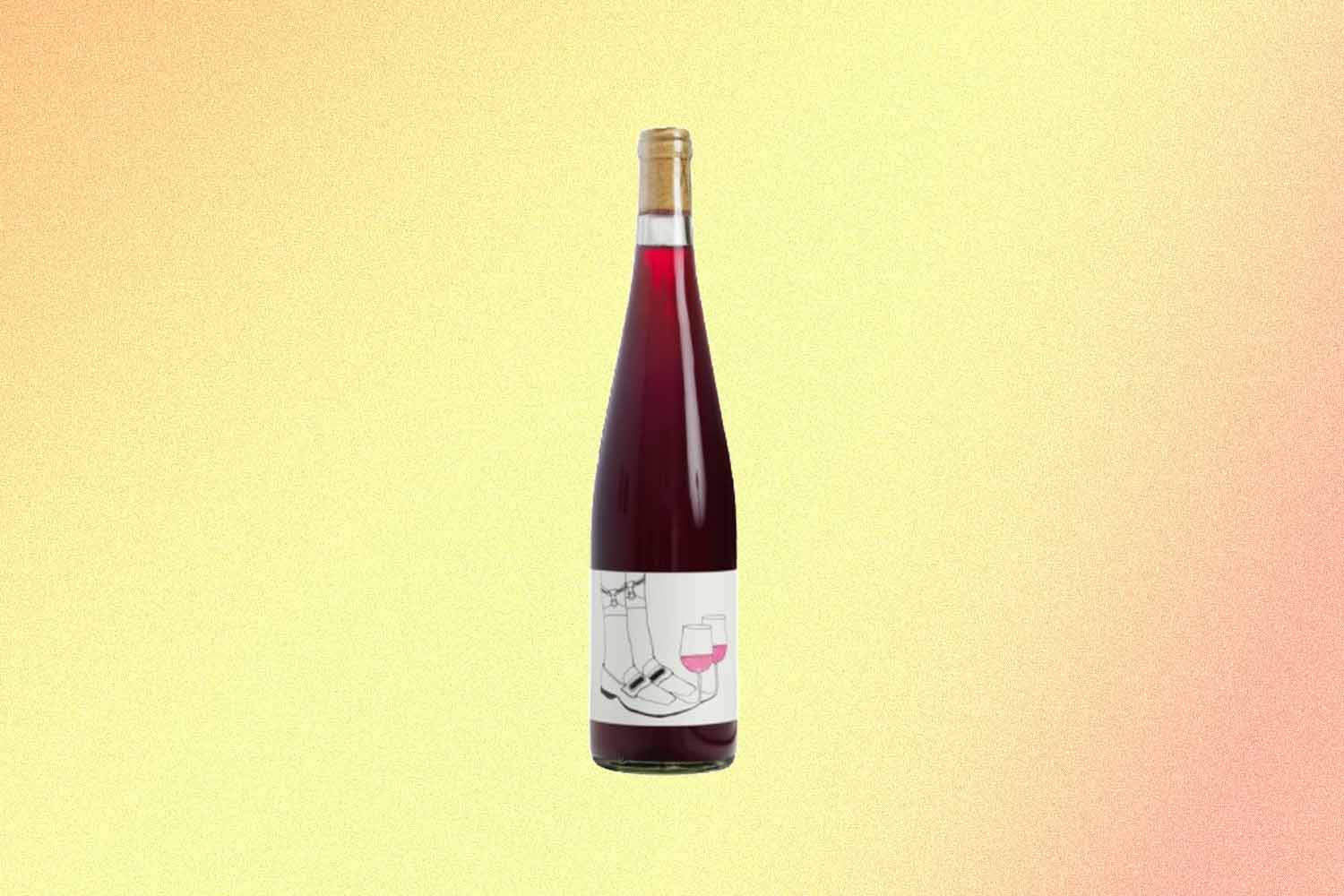
Slippers from Las Jaras
This collaboration between long-time California winemaker Joel Burt and comedian Eric Wareheim (yes, of Master of None) leans on old-school Nouveau techniques, right down to using Gamay. Well, Napa Gamay — old vine Valdiguié co-fermented with de-stemmed Zinfandel and Petite Sirah then carbonic macerated. Juicy plum, pomegranate, with unctuous tannins and a jazzy acidity.
Join America's Fastest Growing Spirits Newsletter THE SPILL. Unlock all the reviews, recipes and revelry — and get 15% off award-winning La Tierra de Acre Mezcal.
